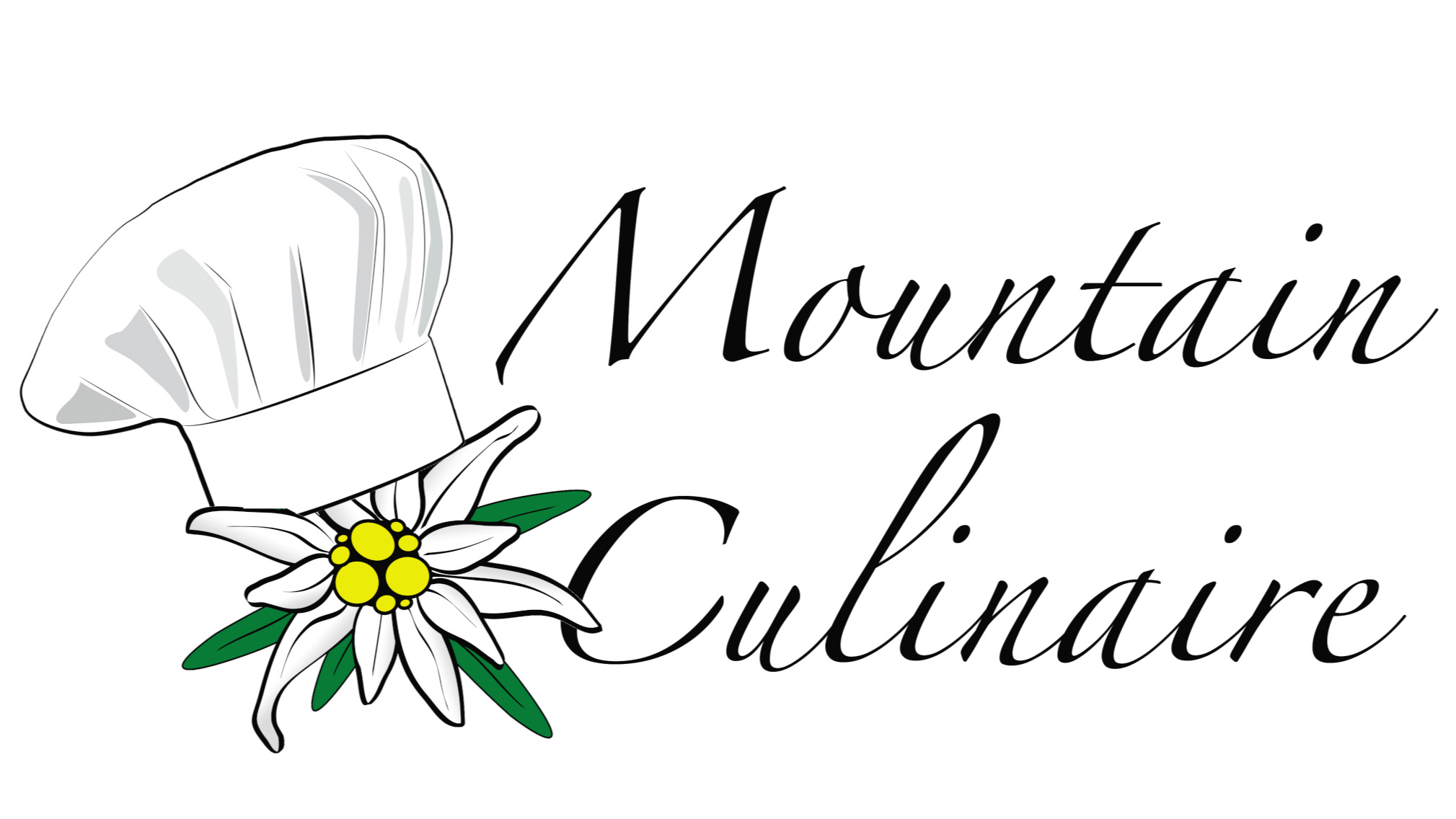True, Traditional Foods
Traditional Foods
“Healthy” as applied to food has been made almost meaningless and vague by overuse. To be more specific and more descriptive, we need a better term. Some movements that have offered more careful definitions than “healthy” does, are the following: traditional food; real food; whole food; true food; nutrient-density. But what are they? How do you know? And what is the big deal?
The word “health,” just like “healthcare,” has been appropriated by commercial industries. Calorie-counting and medicine-taking live in the realm of the popular definition of health. We are looking, instead, for the vibrant foods that will comprise a deeply nutritious diet—and victorious vitality in our bodies and lifestyles. We are not looking for the most politically-correct “health” trends {since they aren’t working}. We want to live in the pattern of an older way, a way with more history and testimony and sensibility—a traditional way, and one which calls for traditional foods.
Here is the Mountain Culinaire definition of the kinds of foods that I want to eat and serve to my own family and friends:
Real, whole, natural, traditional, ethical, nutrient-dense, flavorful foods. From organic plants and clean animals. Local and seasonal, fresh and handcrafted, when possible. Satisfying and sustainable. The diet for which we were designed {see Genesis 1:27-29 & 9:3}.
It takes some attention to find or make traditional foods, because little food is produced traditionally any more. Not even most “whole” natural foods in the grocery store are thoughtfully produced or prepared in a way that maintains nutrients {though whole ingredients are vastly better than packaged food products laden with additives}. Just about every single whole food or food ingredient that we eat today used to be prepared in an entirely different way by our ancestors. Often, we hardly realize how far we have gotten away from those techniques, nor how to get back. But it can be done—and should—for the sake of real health.
Meat can be grass-fed in the sunshine; milk can consumed raw or cultured or at least organic; grains and legumes, for utmost nutrient absorption, can be soaked in an acidic medium before cooking {think sourdough}; a good portion of your vegetables and condiments can be lacto-fermented or served with butter to help assimilate the fat-soluble vitamins; sweeteners and baking ingredients can be less-refined.
Traditional foods are made with ingredients prepared in historic, time-intensive ways. People used to use every part of an animal, every part of a whole grain, every part of fresh milk from the dairy, and vegetables and fruits either in their season or preserved for off-seasons. Sugar, salt, and spices, long ago, were rare and prized commodities, used judiciously to season foods and beverages.
True Foods
True foods might be described as ingredients that right here, right now, reflect the good things we endeavor to increase as we shape our diets. Similar terms are “real food” and “slow food”, but I think “true food” has the potential to encompass the best of many recent food trends. Some aspects of food that has integrity and viability, in my mind, are the following four items. True food will be ethical; sustainable; real; satisfying. All of these factors—also found in the Mountain Culinaire definition above—complement each other.
True food is:
Ethical: It is grown and handled by people who receive equitable treatment for their labor. It is regulated by just measures and advertised with honesty. While some organizations certify “fair trade,” the consumer can find out most about food that is grown closest to their home. It is hard to know everything about all of our food, at this era in our society, but ethically-grown food is a worthy goal. Buying from small businesses is a good way to avoid possible conflicts of interest that can exist in large food conglomerates.
Sustainable: Any practices used in the process of growing and producing food should be able to be continue indefinitely. If soil is becoming more toxic all the time, that is not sustainable. If production is more expensive than it is profitable, that is not sustainable either. Using sustainable practices exercises stewardship of our present resources and invests in the future of our land and families. Traditional food-raising methods are typically very sustainable and truly work hand-in-hand with our incredible ecosystem.
Real: Real food is what food is truly supposed to be. Food is meant to fulfill its purpose of nourishing and fortifying us for the activities of our lives. Anything that is not real in food products is a filler—a superfluous substance that does more harm than good. Real food is true to what food used to be and to what most people expect food to be. If not real, it is not recognized by our bodies, and as such does not have integrity. Ask yourself if a given food product is the most-whole that you can find at this time and place.
Satisfying: These criteria are not meant to make us into joyless eaters, but into people who have reason to truly enjoy our food. Knowing where it came from, that the producers were compensated for their efforts, and that it will nourish and delight us—these themes are immensely satisfying. Food carefully selected and prepared can be some of the most creative and delicious food possible. You will have confidence that the flavor reaching your tongue consists of quality ingredients shaped by people who love their work.
